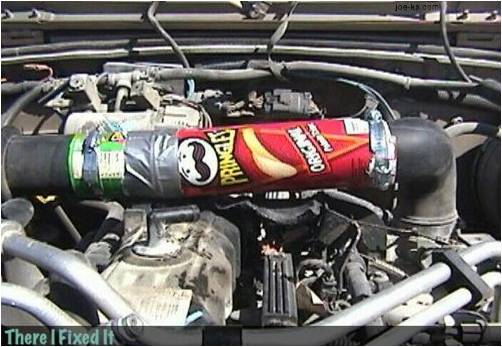Design Reuse
For years I have been critical of the automotive industry and its overzealous and careless tendency to design new parts instead of reusing existing designs, inventory parts and suppliers. The Rationale to resist the temptation to innovate and reuse tried and proven parts is broad and multifaceted. Among the chief arguments:
- Accelerate time to market and reduce the number and severity of ECOs
- Reuse tooling and manufacturing processes
- Improve quality and have better estimation of volume manufacturing ramp up, service load and warranty costs
- Reduce the need to recreate work instructions, remove and replace procedures and related documentation
- Lower manufacturing and final product cost
- Reduce inventory and related costs
A useful way to look at this is that in addition to the benefits of reusing a physical commodity, design reuse promotes knowledge reuse, which has broader and longer lasting benefits.
The argument for design and part reuse gets a bit more involved when we look beyond small parts and subassemblies, which the average consumer doesn’t care about. What about systems that represent the brand identity, such as the engine or transmission? Do consumers know and care whether an engine is exclusive to the brand? How does this knowledge influence buying decisions?
A recent study by Automotive News of auto dealers offers an interesting perspective on the topic. The study indicates that consumers are split almost evenly about how they feel about the brand exclusivity of the engine in the car they’re shopping for and how this knowledge influences their busying decision.
Interestingly, according to the study, consumers care much more about the brand exclusivity of the transmission: more than 50% of consumers now and care whether the car’s transmission is exclusive to that brand.
An even more surprising finding, which, quite frankly, make me somewhat leery about the reliability of this very small (n= 169) study, is that 71% of consumers know and care whether the axles are exclusive to that brand. Or, at least, this is what auto dealers believe.
For some reason, the study did not ask about common car chassis that might have a stronger impact on consumer decisions, because it makes it easier to pitch one brand against the other. A good example is Volkswagen’s A4 platform that is used in a range of vehicles from the luxury sporty Audi TT to the lower end SEAT and Skoda. While most consumers are not aware of the pervasive use common platforms, will they change their mind if they did?
The fidelity of the study’s findings aside, it’s clear that line executives and designers face a dilemma: how far can they reuse parts and systems before they start diluting the brand identity. But finding the right mix of model-exclusive and common design, especially lower level assemblies and parts, is an important step in improving operations while maintain brand’s identity and integrity.

